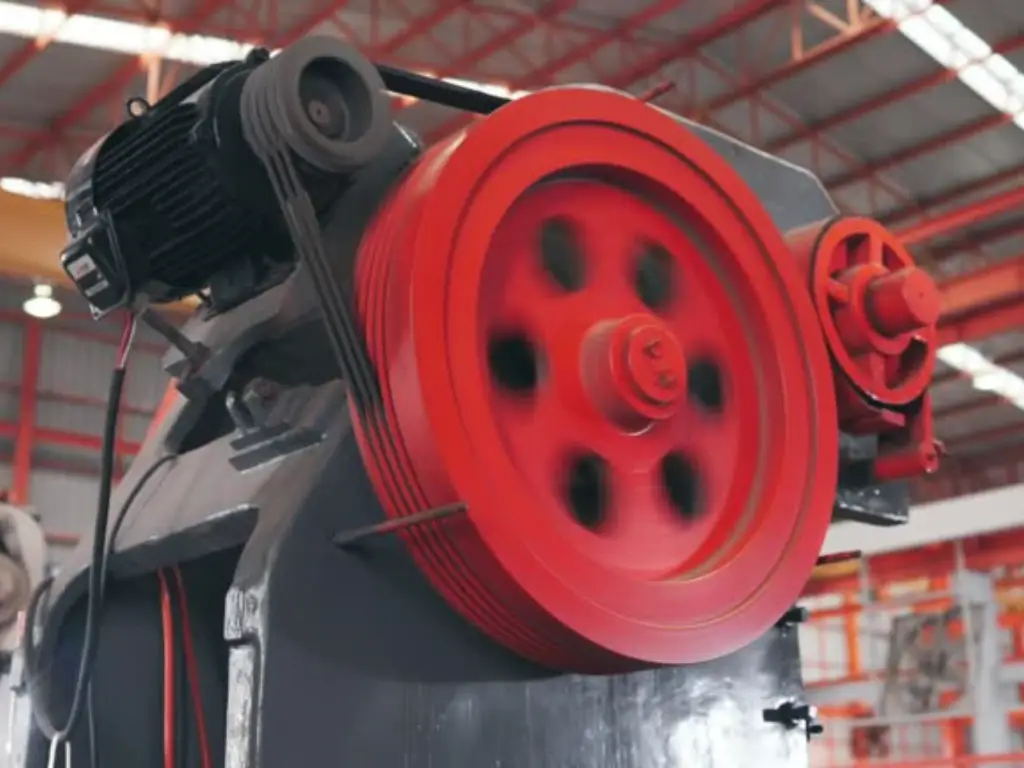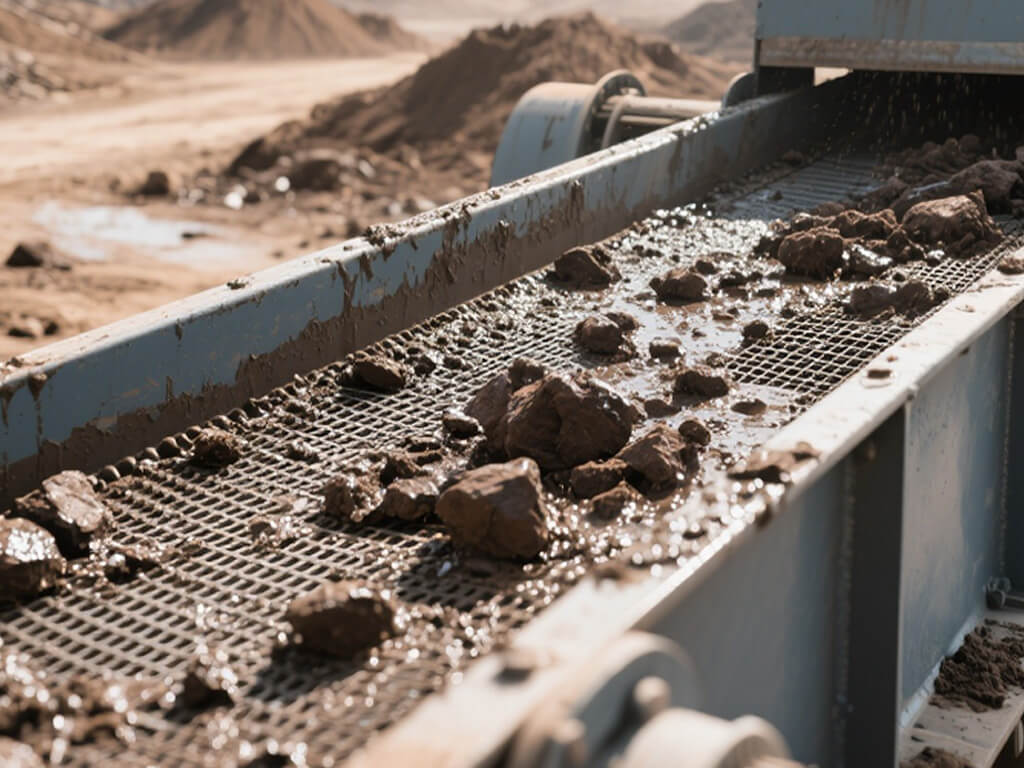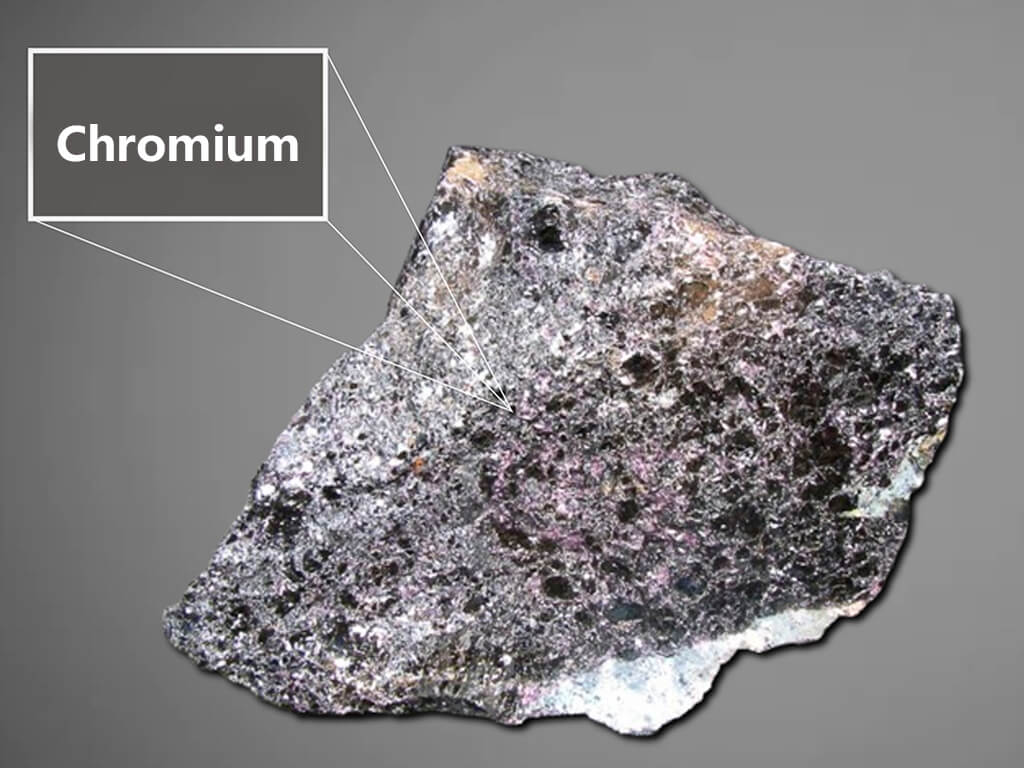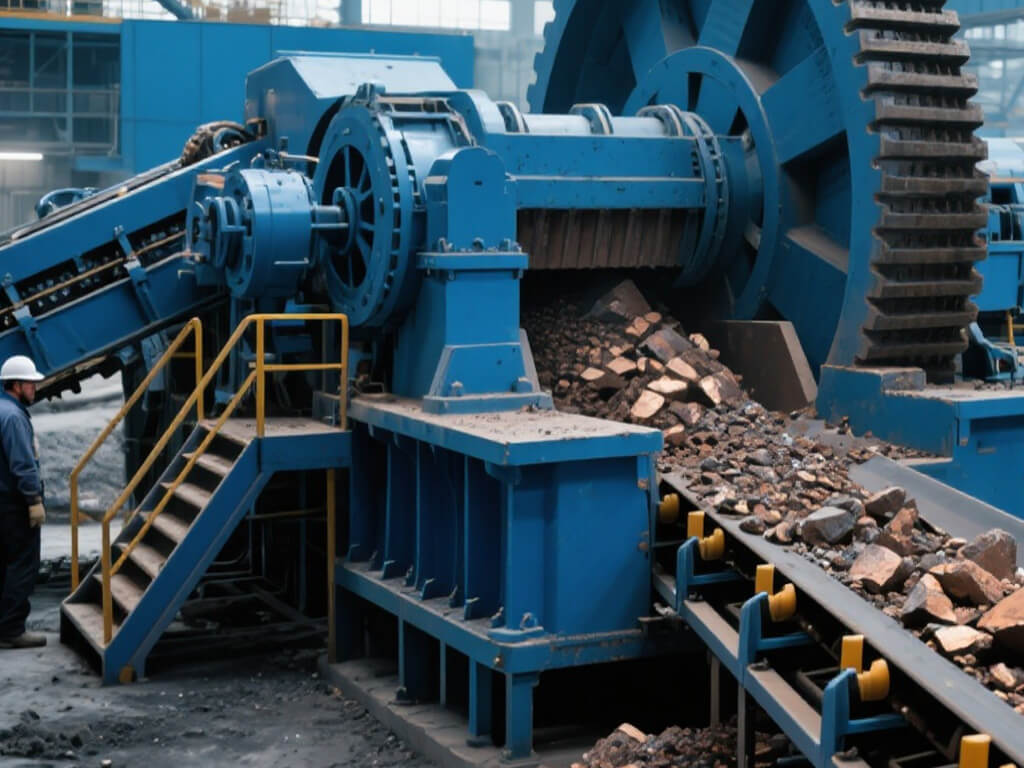- Home
- Blog
- Equipment Info
- Boost Efficiency: Practical Jaw Crusher Maintenance Secrets
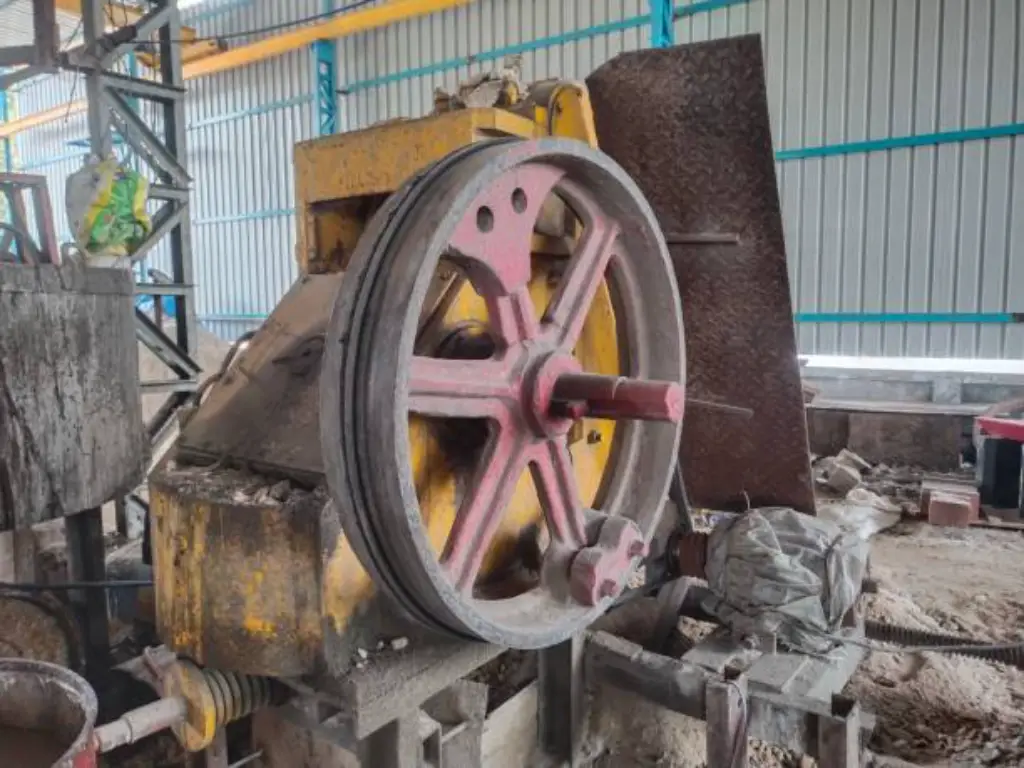
Why Jaw Crusher Maintenance Boosts Efficiency
The jaw crusher has two jaws that are used to physically compress the material, a moving one and a fixed one. Even though it looks simple, It is indeed a forceful action that is performed on the material. Remember the broken parts will need to be replaced, so the thrust ‘jaw’ exerted on the components would need to be checked very often if you don’t want the thrust pocket worn and the peak thrust efficiency severely compromised. Wrought mechanics do like throttling the pocket thrust energy of interchangeable jaw mills which seams stress at diverse regions.
Mechanical problems swift in without timely prevention and peak proactive maintenance is necessary. Crushers must receive it on a regularly scheduled basis if they expect to keep the mountable hosing moderately acceptable, configured feed shape, maximum reduction ratio, and stable throughput during stack dumps at moderate intervals. It includes part failures and bunching up of equipments and increased energy demands. Think about it this way: A poorly maintained jaw crusher can increase its costs of operations and amplify the expenses for the entire production line by twenty percent.
The machine enhances dependability whilst transparency of planned downtime getched. Through extending the devices physical and operational lifespan, operational efficiency and the productive increase further improve. Decisively, efficiency and costs become an inverse correlation when energy needs lessening multilaterally with the production volume increases.
Your Daily Checks for Optimal Jaw Crusher Performance
Routine, regular checks will help protect you from issues that might arise unexpectedly. Make sure to add the following checks to your daily schedule before and while operating the machine:
● Ensure the crusher is free of loose bolts visually checking the jaw plates, cheek plates, and main frame.
● Check lubrication stations for grease or oil as per company manuals and check the oil levels.
● Check jaw plates for wear, chipping, and any breakage that may be considered excessive.
● Ensure the closed side setting for discharge opening is set to the correct value for the product size intended.
● Monitor operations for excessive vibrations or unusual noises.
● Check the tension and the state of the V-belt.
● Check toggle plate and its seats for wear and proper seat.
● Check the cone for material that can obstruct operation and keep the area around the crusher clear for habitually obstructing function or inspection to allow uncluttered view.
The above checks are essential to ensure your machine works smoothly. It will warn you of faults ahead of time which you can restructure your work plan around.
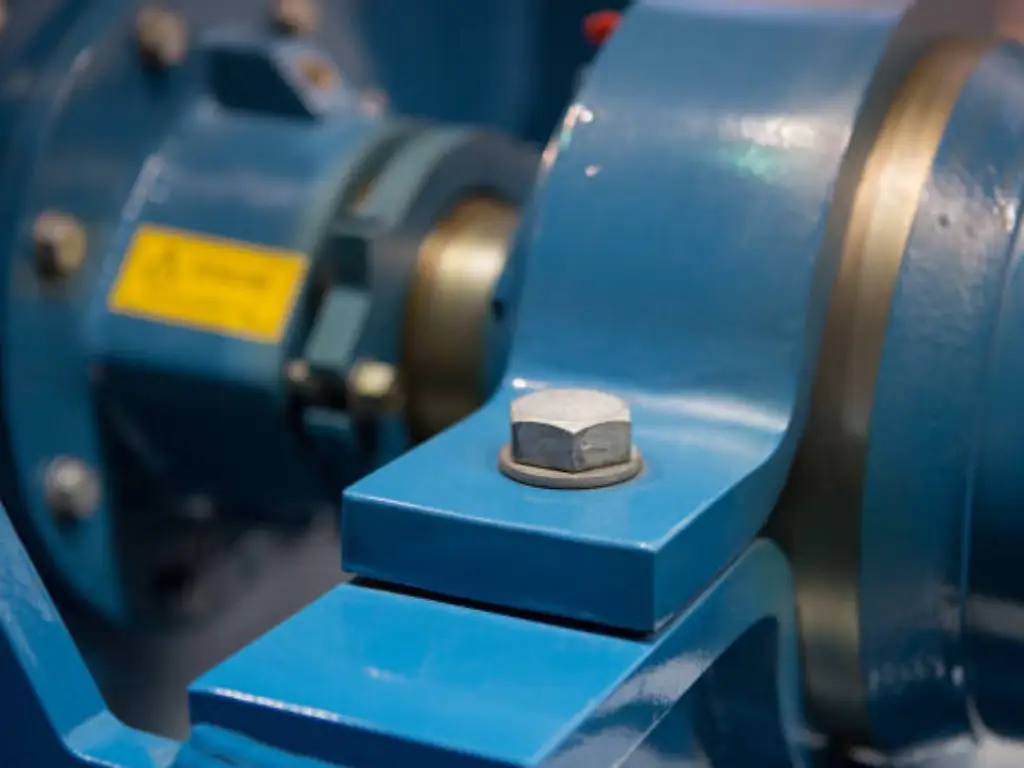
Identifying and Replacing Worn Jaw Crusher Parts
Understanding your jaw crusher and knowing how to recognize wear is important to carry out effective maintenance. The different parts of the crusher serve different roles during the crushing process and depending on the material and operating conditions, wear at different rates.
Important components that will wear include the jaw plates which do most of the work when crushing the material. The liner plates (cheek plates) which perform the important task of shielding the main frame from damage; the bearings, which are essential for the proper rotation of the eccentric shaft and the toggle plate which performs the dual function of force transmission and safety device.
While some wear to the components is typically expected, the efficiency of the crushing process, the potential for damage to other components, and operational safety all rely on proactive measures such as prompt identification and replacement of the identified worn components. Signs of wear such as loss of material thickness, cracks and deformation should be regularly monitored. Knowing the ideal changeover interval before failure will prevent unnecessary expense in lengthy breakdown repairs.
Here’s a look at some key components:
| Component Name | Main Function | Importance / Impact of Wear |
|---|---|---|
| Jaw Plates | Crush material | Affects product size, throughput, and power consumption |
| Liner Plates | Protect main frame sides | Protects structural integrity, affects material flow |
| Bearings | Support eccentric shaft | Essential for smooth operation, wear leads to overheating, failure |
| Toggle Plate | Transmits crushing force, safety | Critical for crushing action; failure stops the machine |
| Toggle Seats / Plates | Support the toggle plate | Ensure proper toggle function, wear affects stroke and efficiency |
| Eccentric Shaft | Provides crushing motion | Core moving component, critical for machine function |
| Flywheels | Store energy, provide momentum | Crucial for consistent crushing force |
Recognizing the signs of wear on these parts is the first step, timely replacement ensures your crusher continues to operate at its designed specifications.
Mastering Lubrication in Jaw Crusher Maintenance
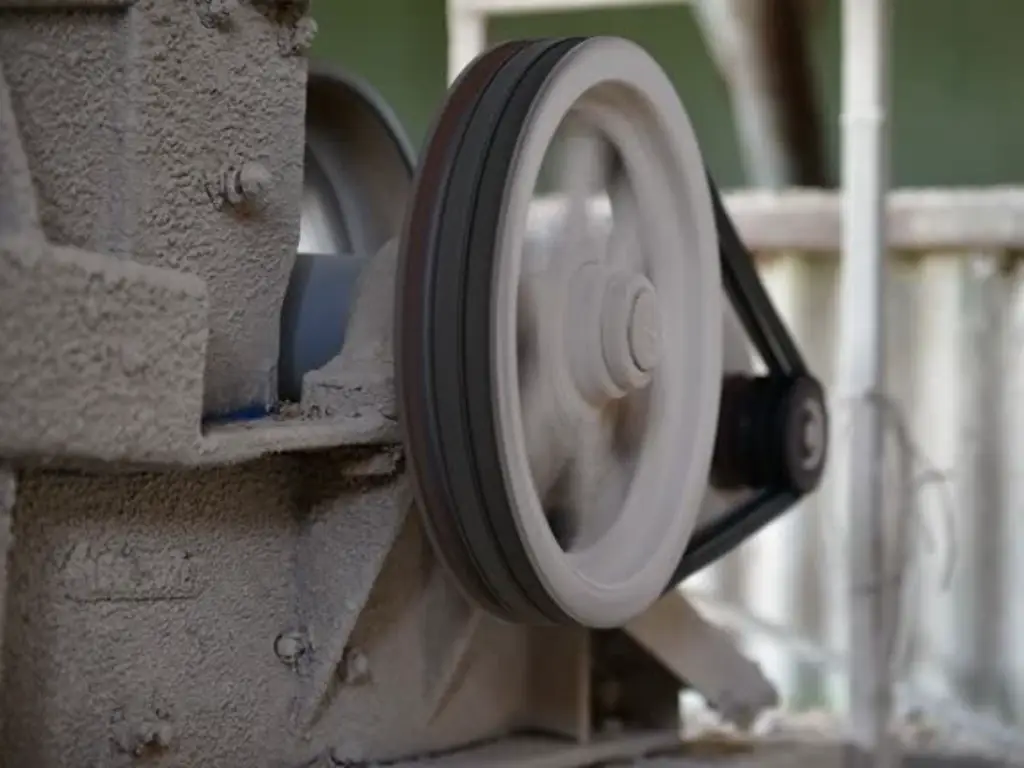
Troubleshooting Common Jaw Crusher Maintenance Issues
Planning Your Proactive Jaw Crusher Maintenance Schedule
